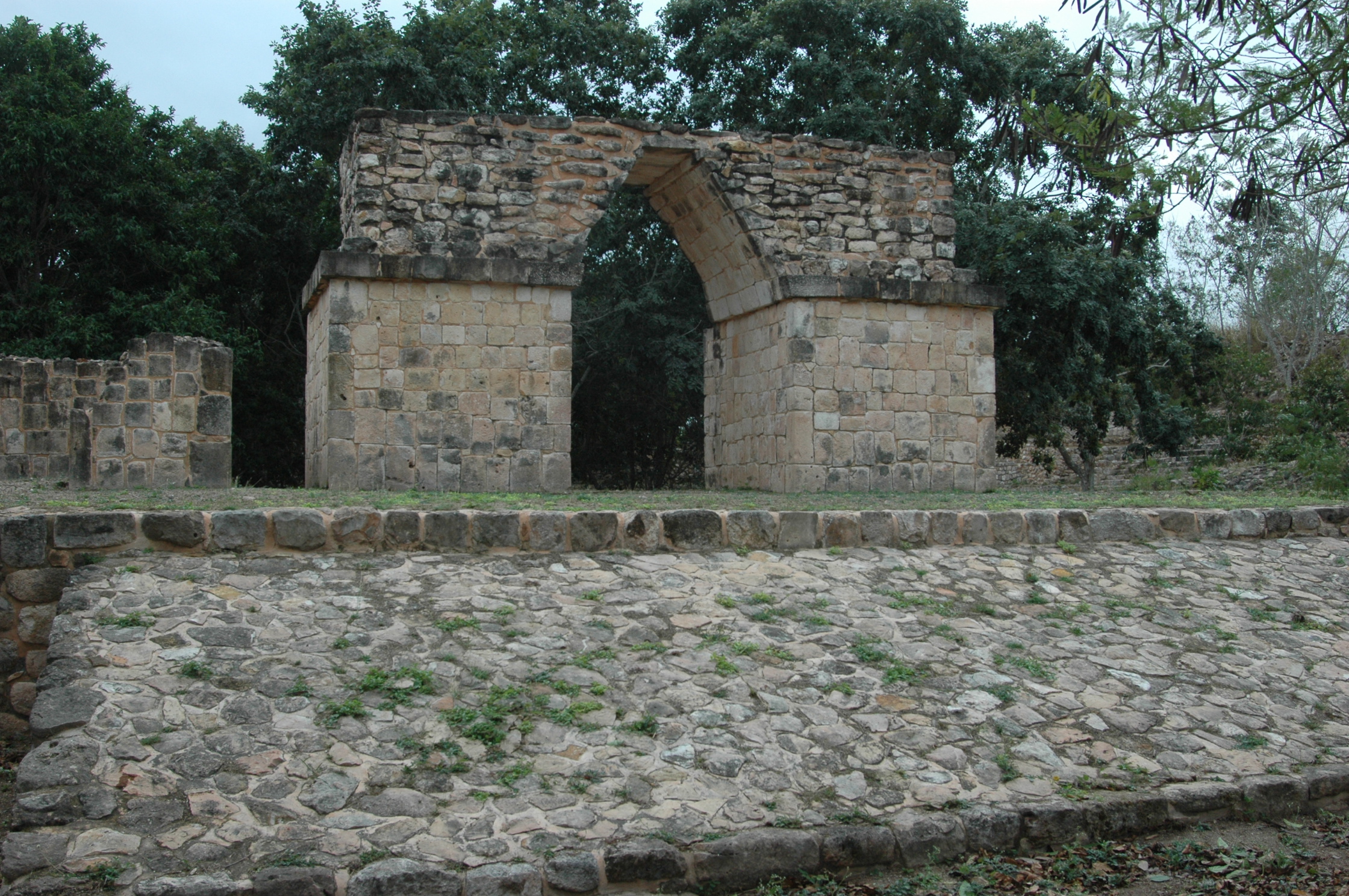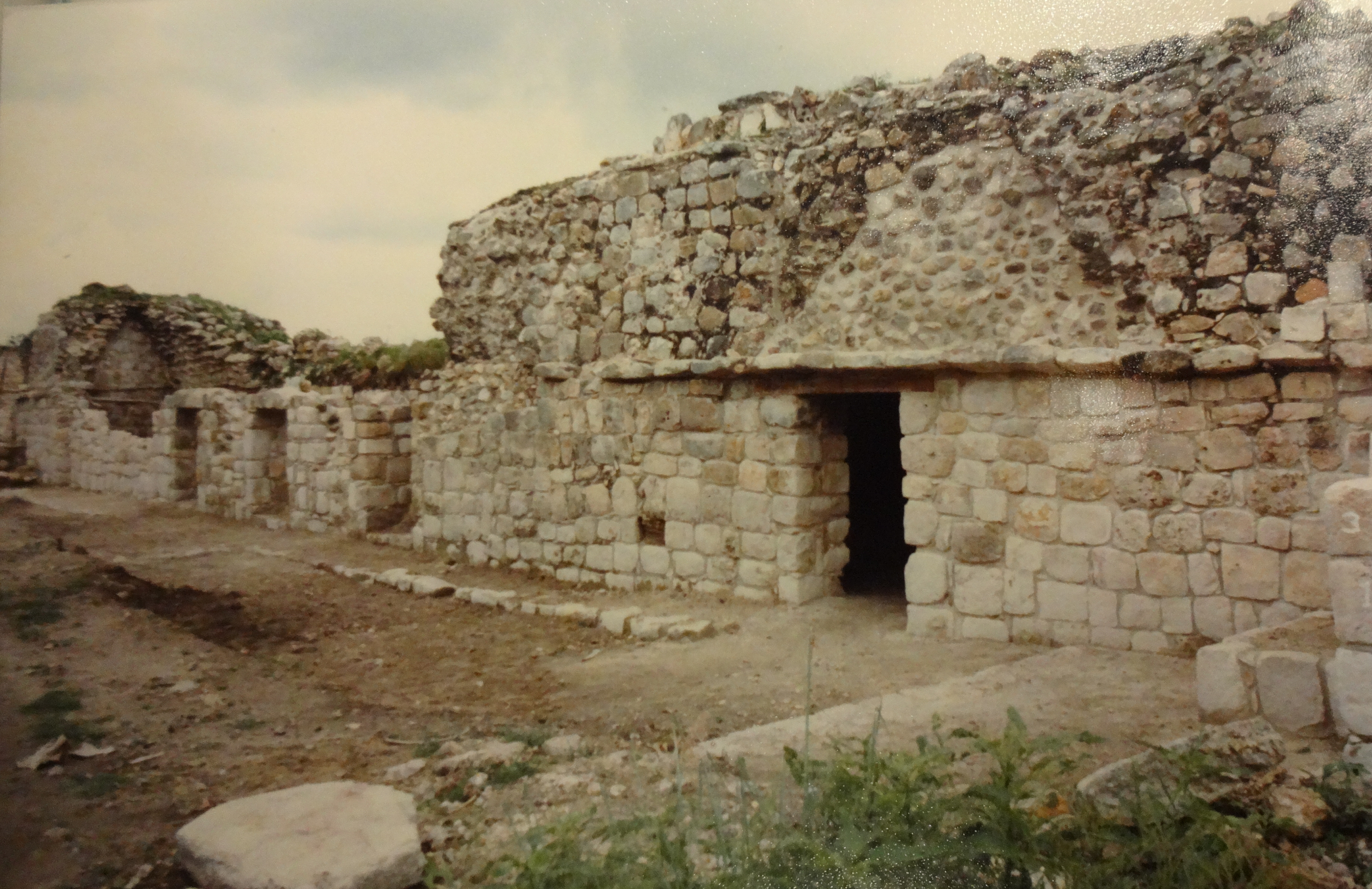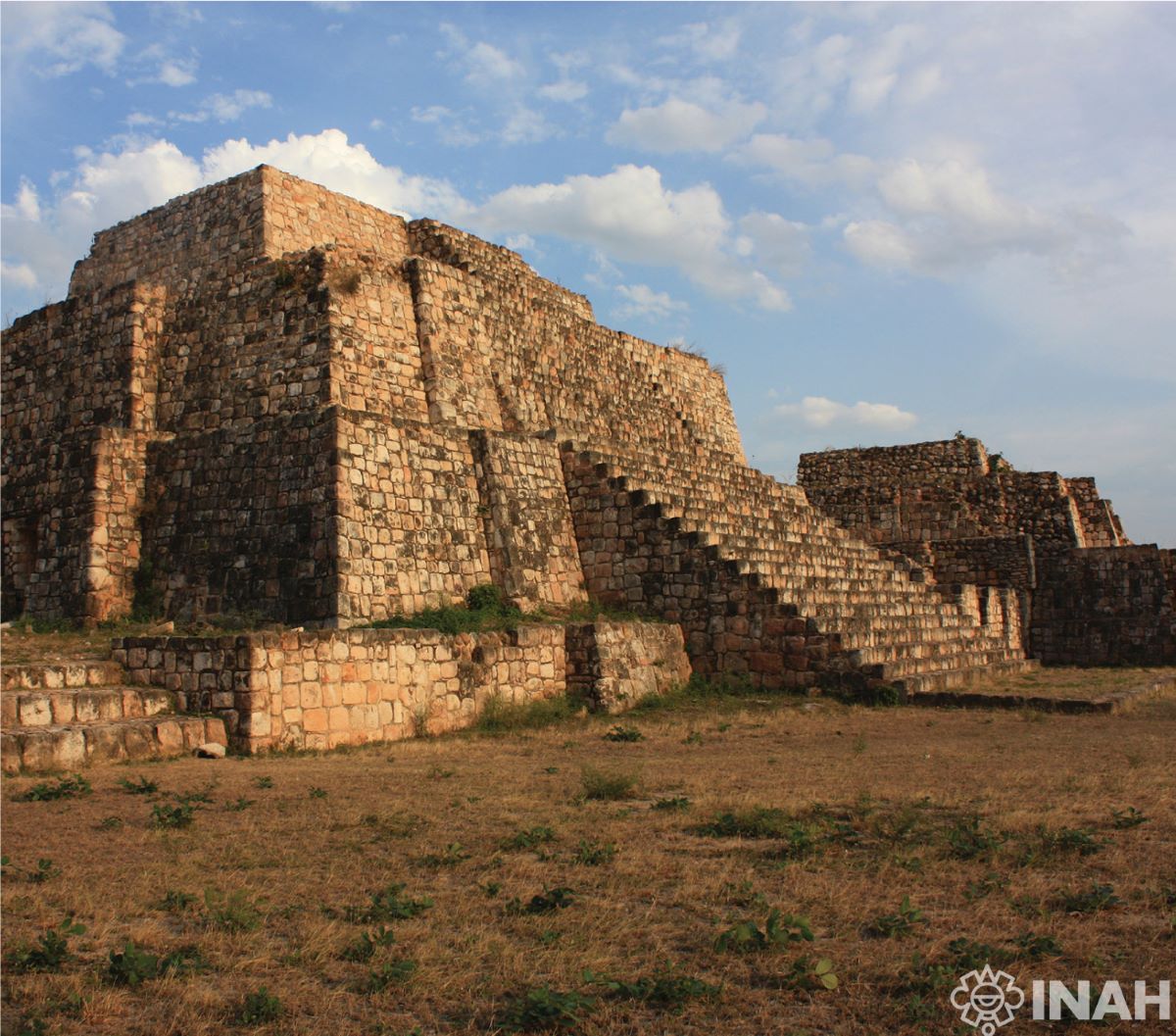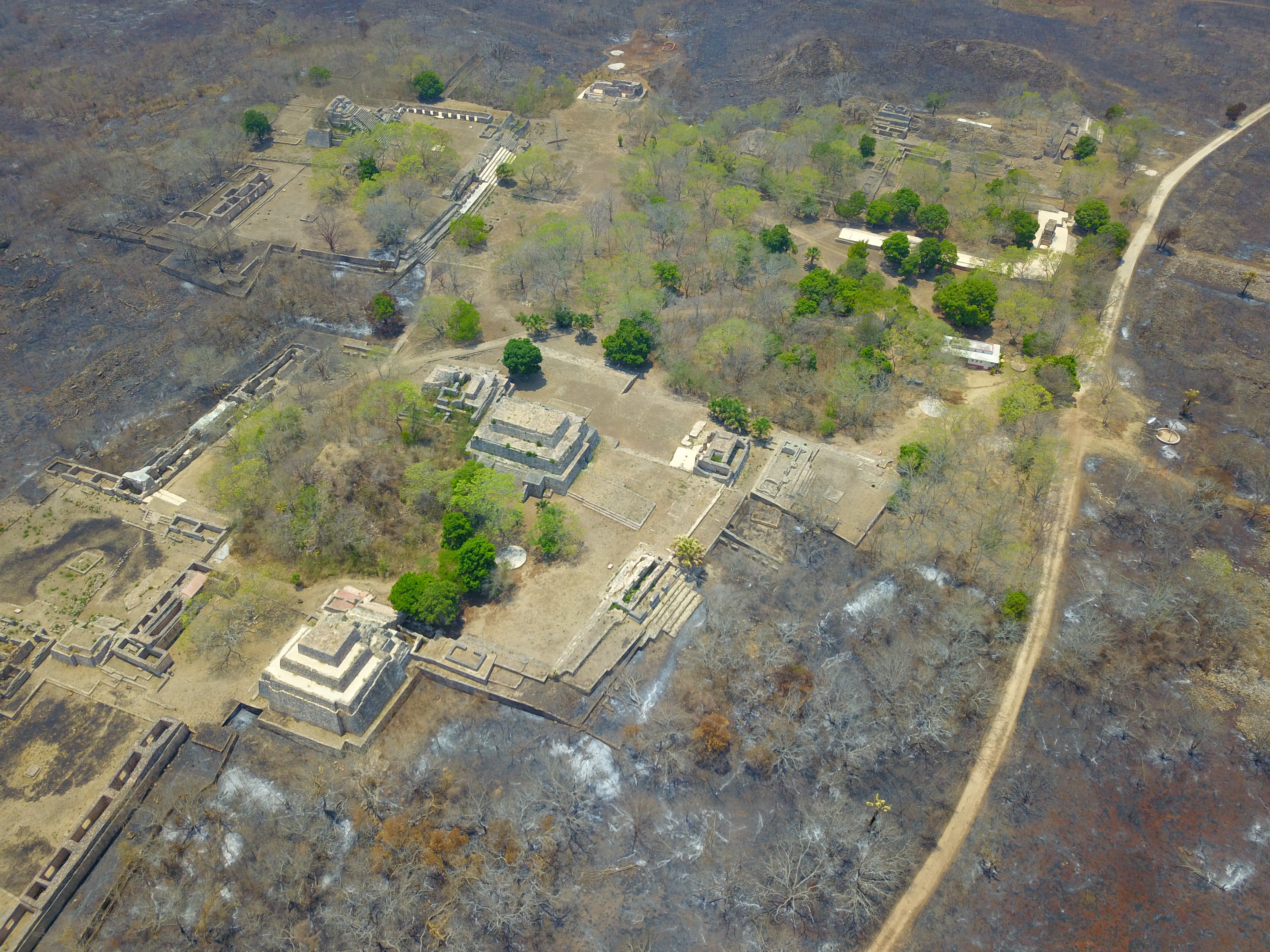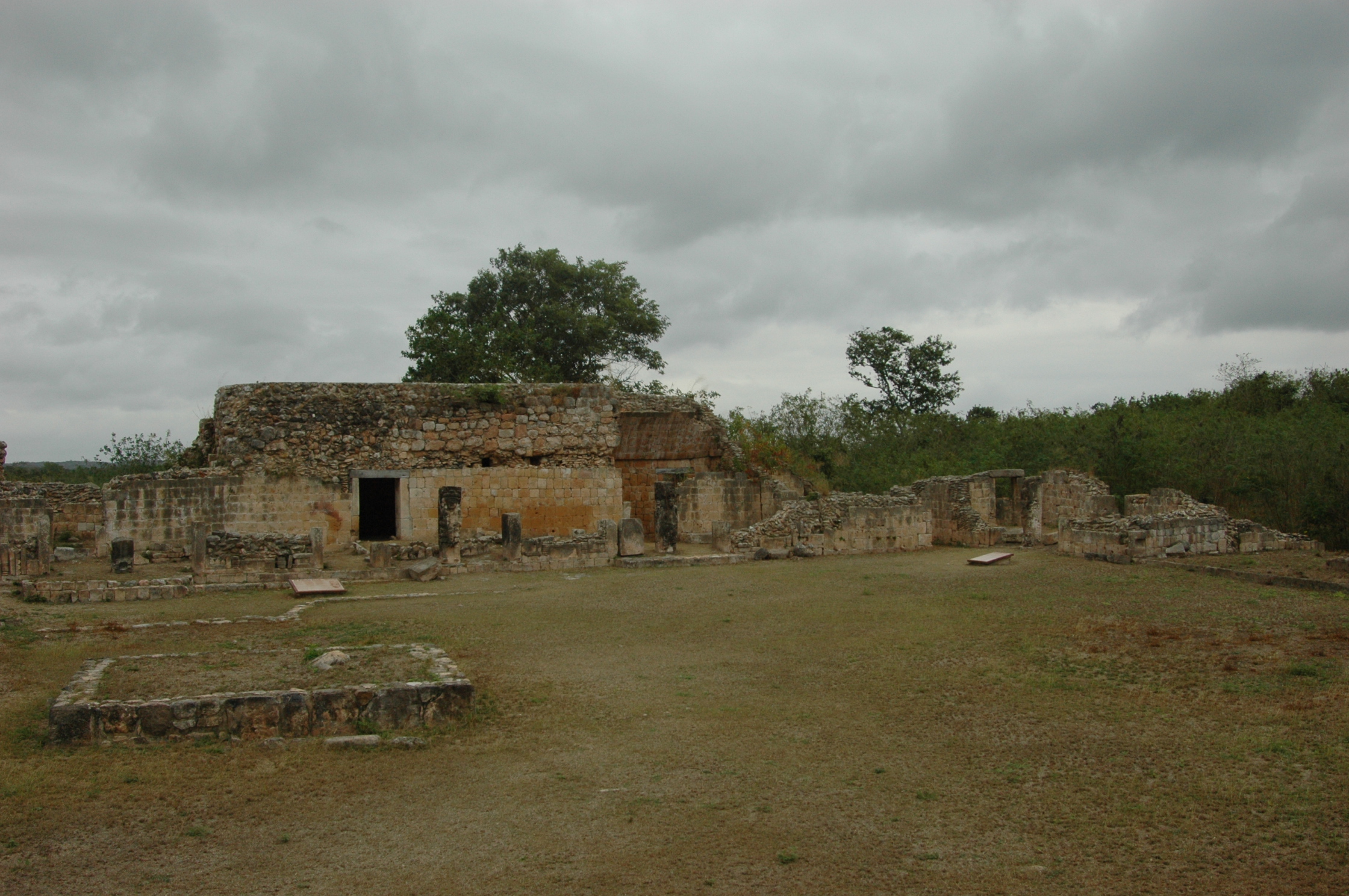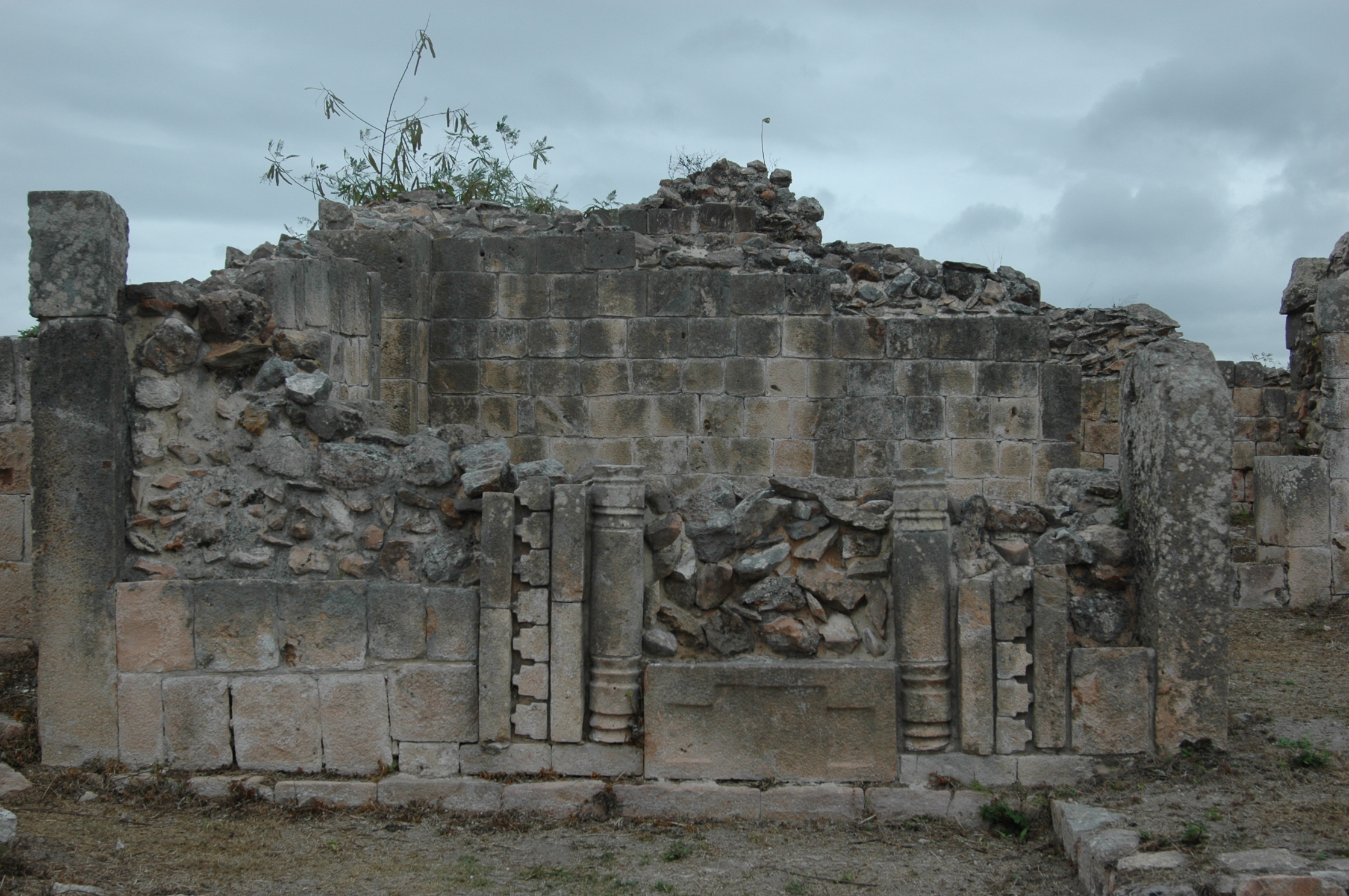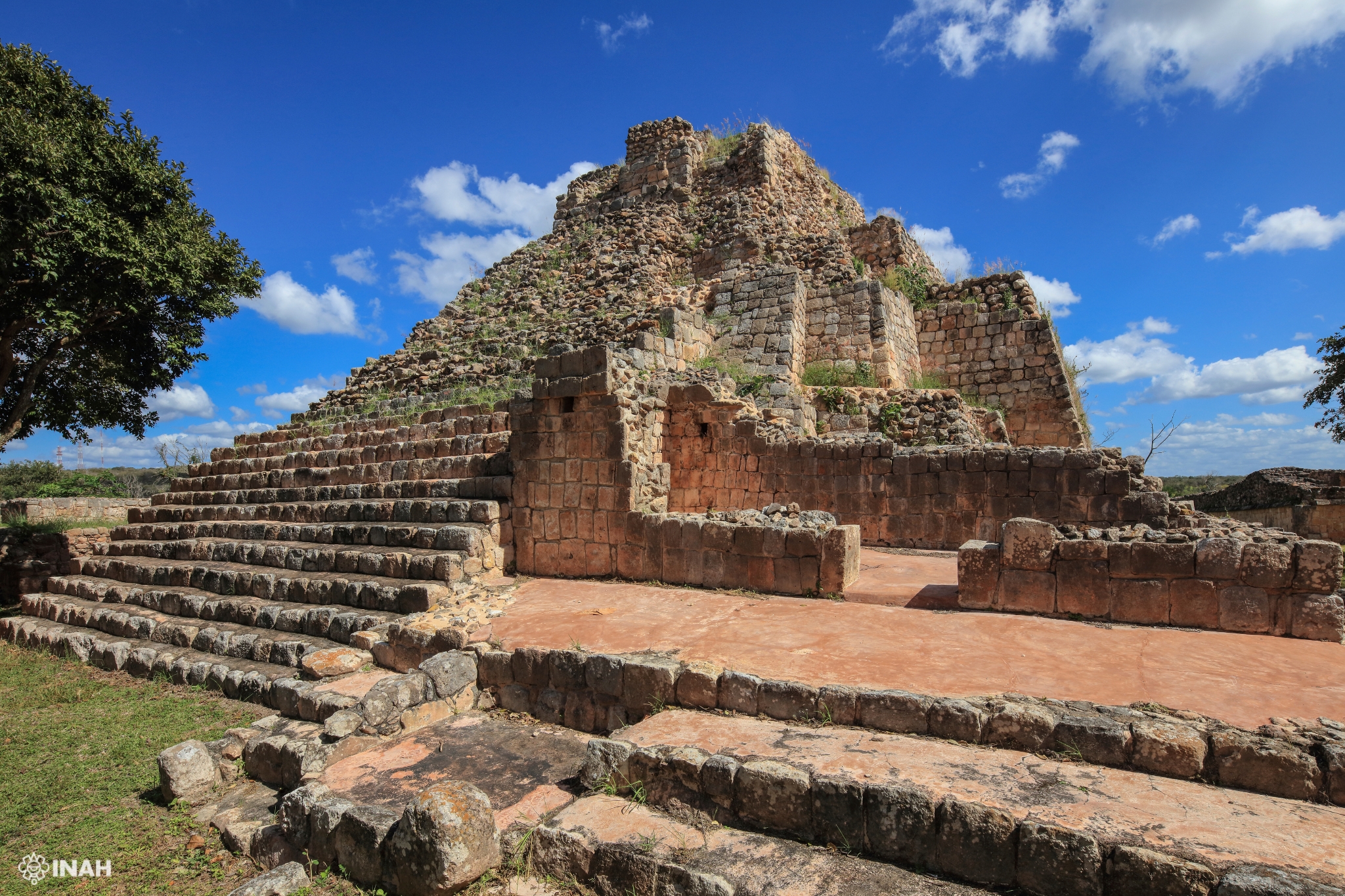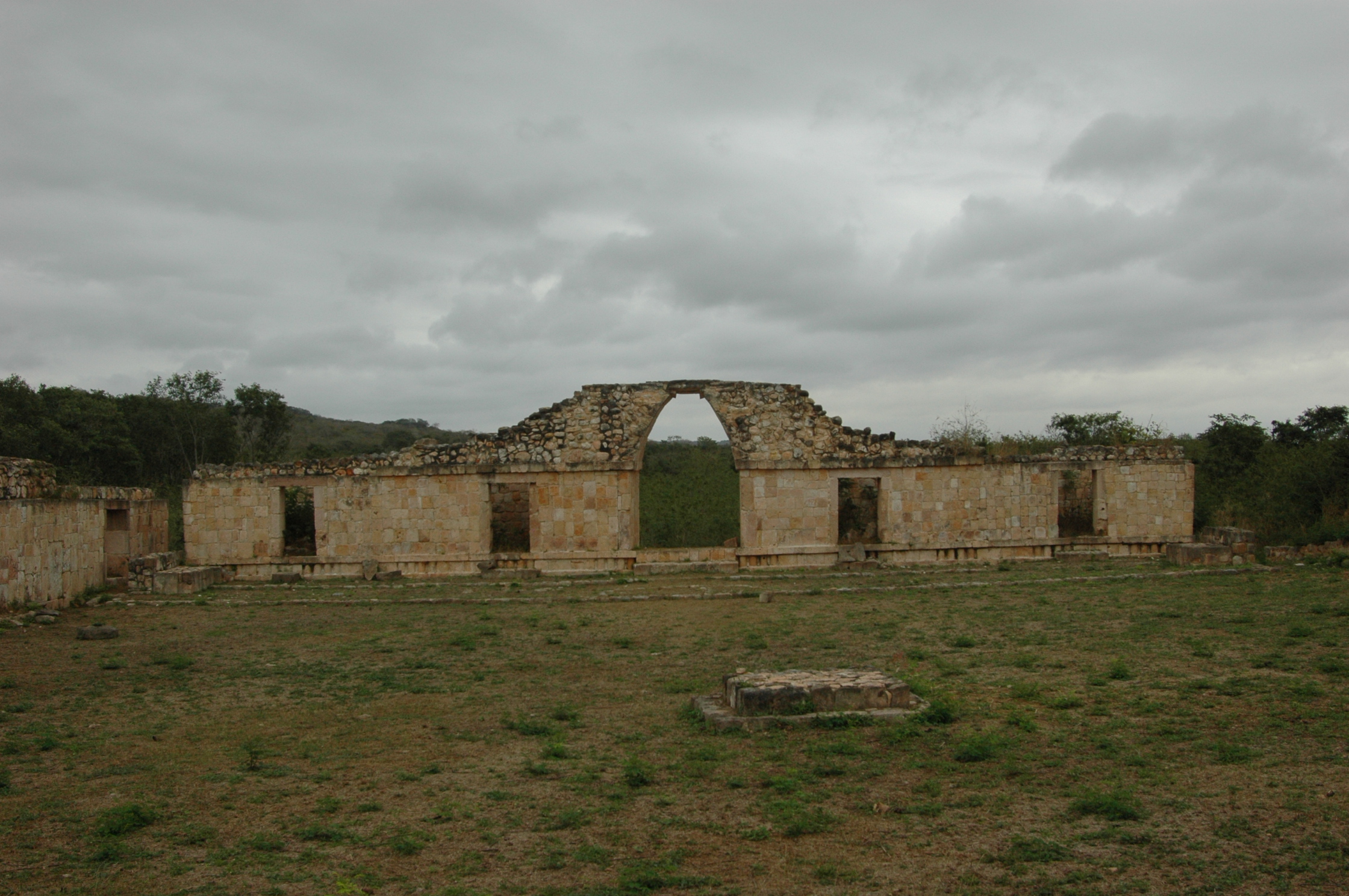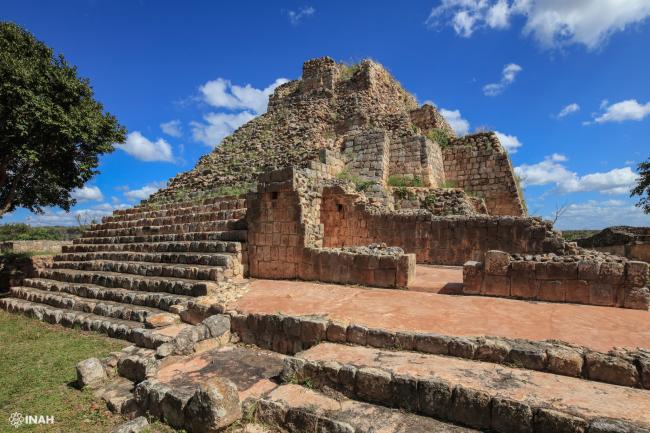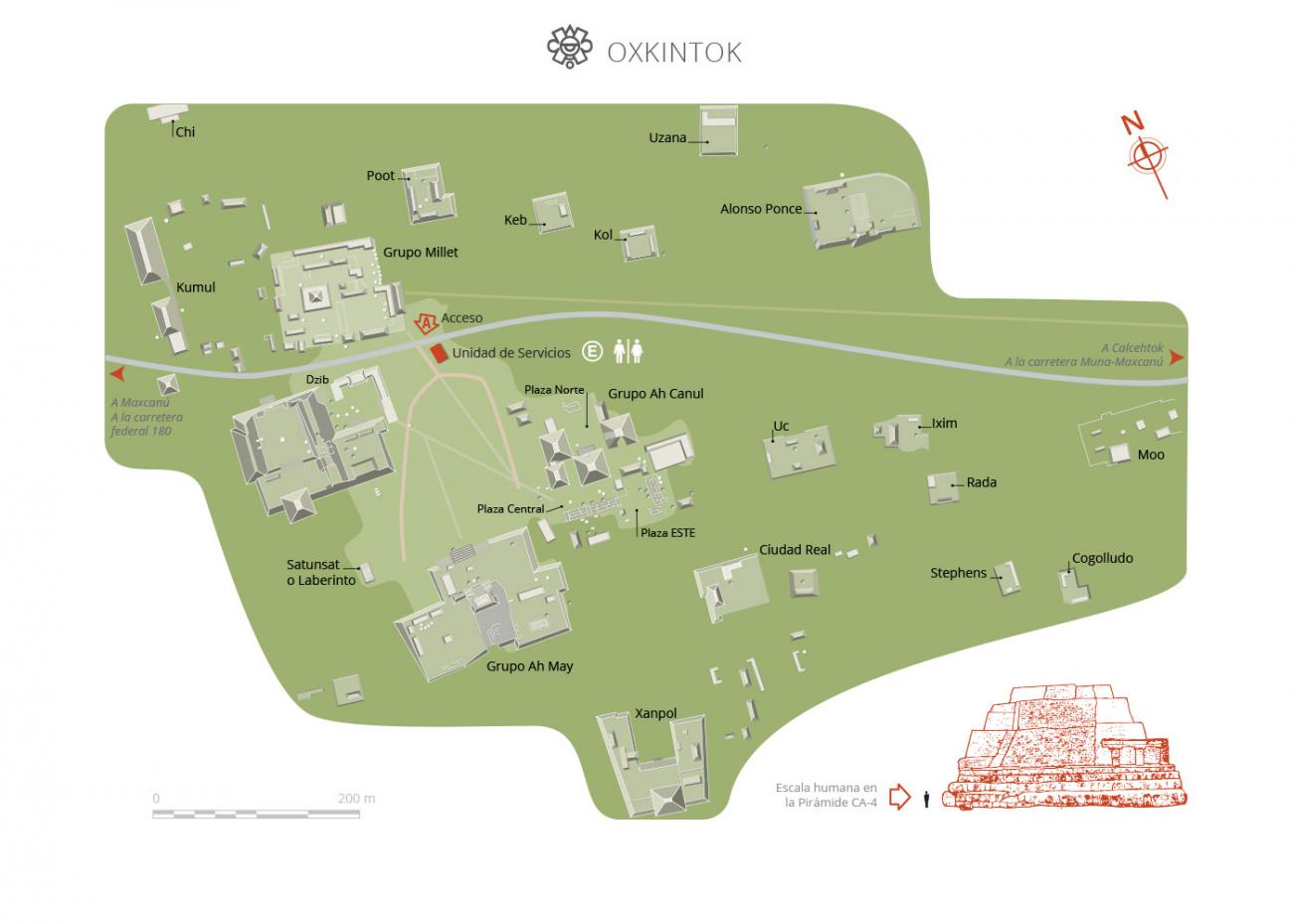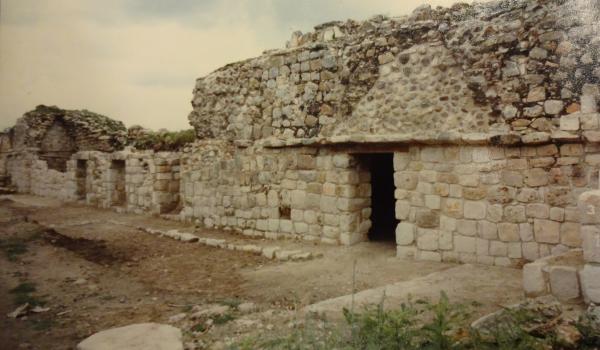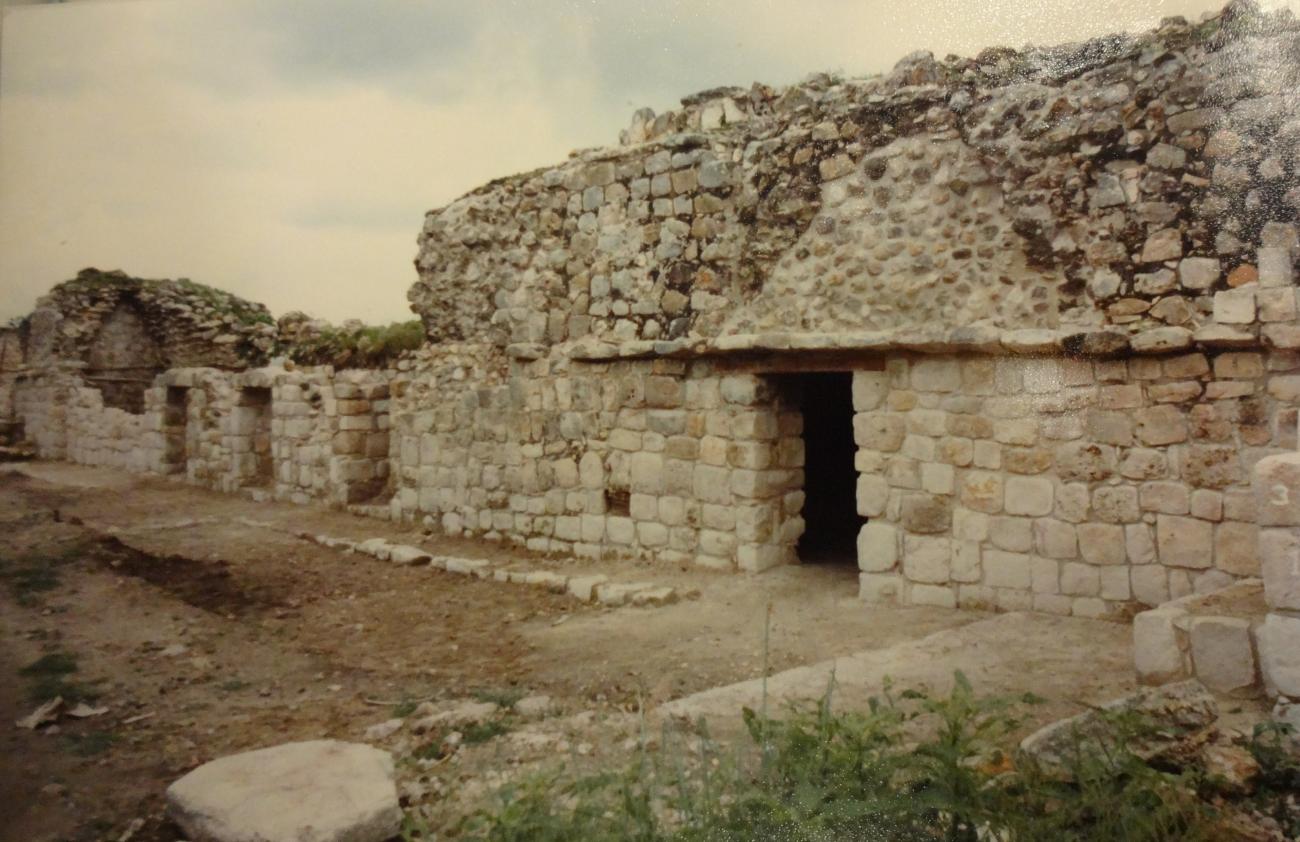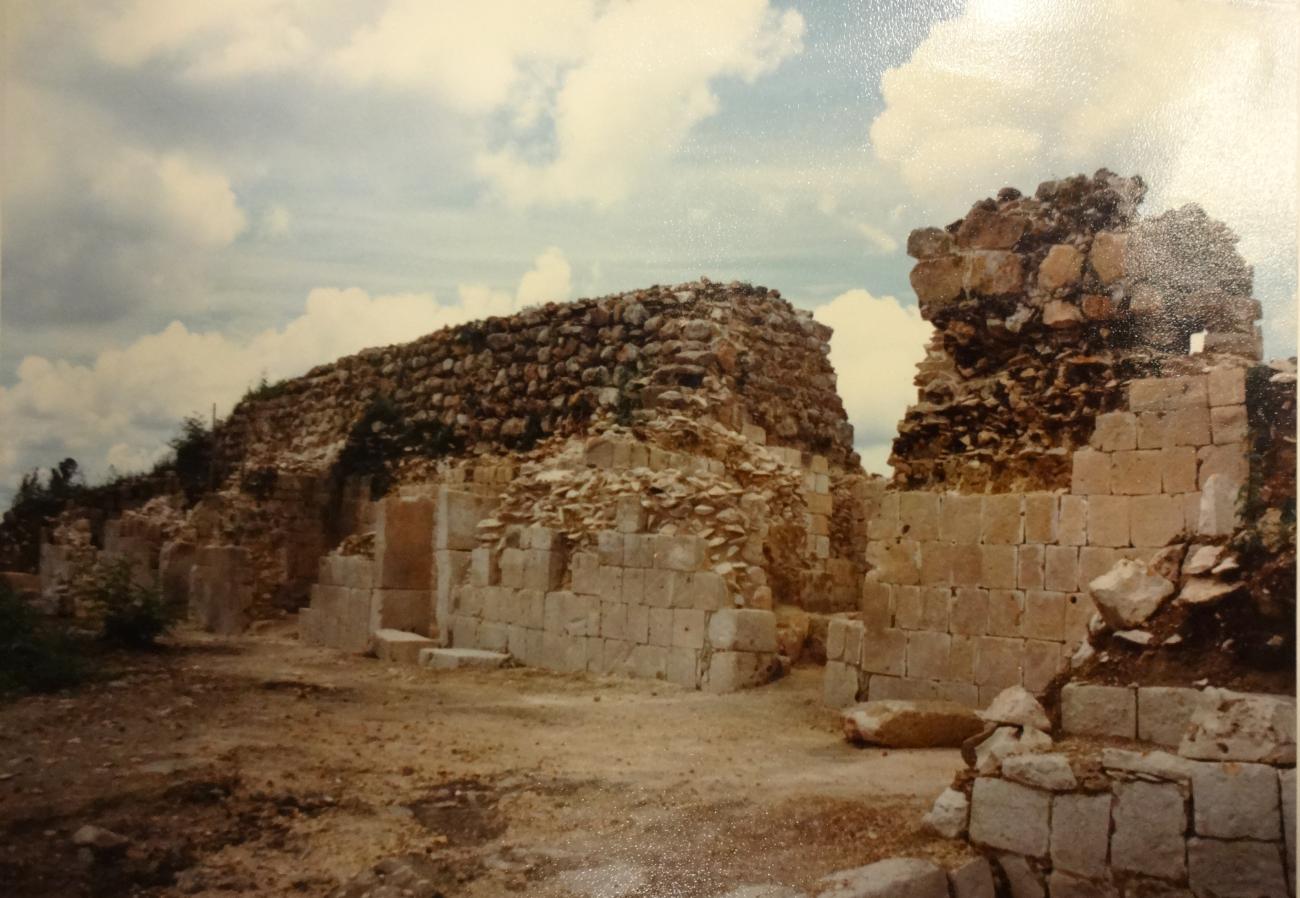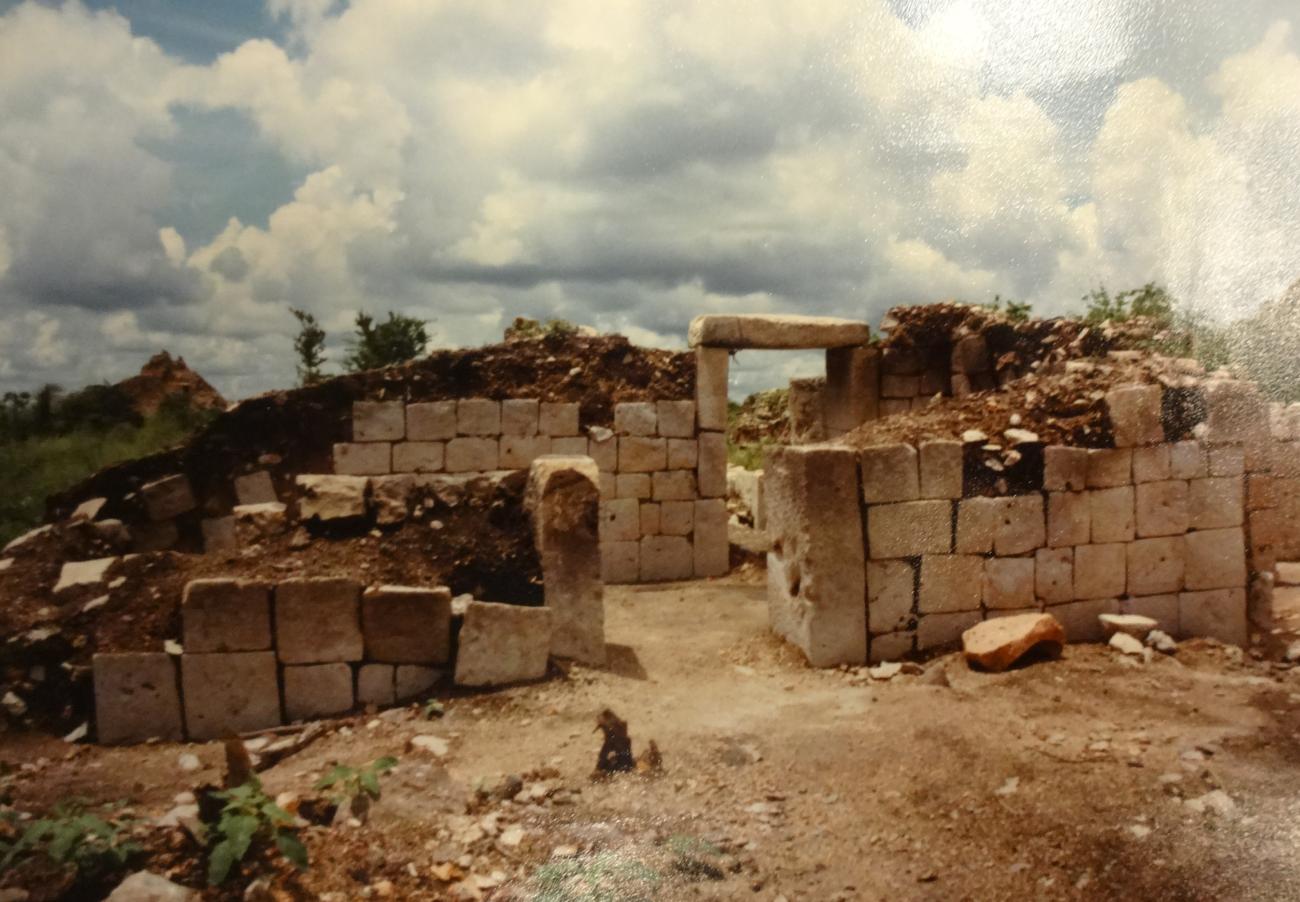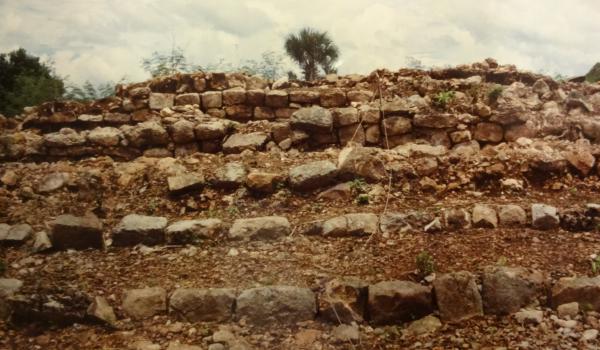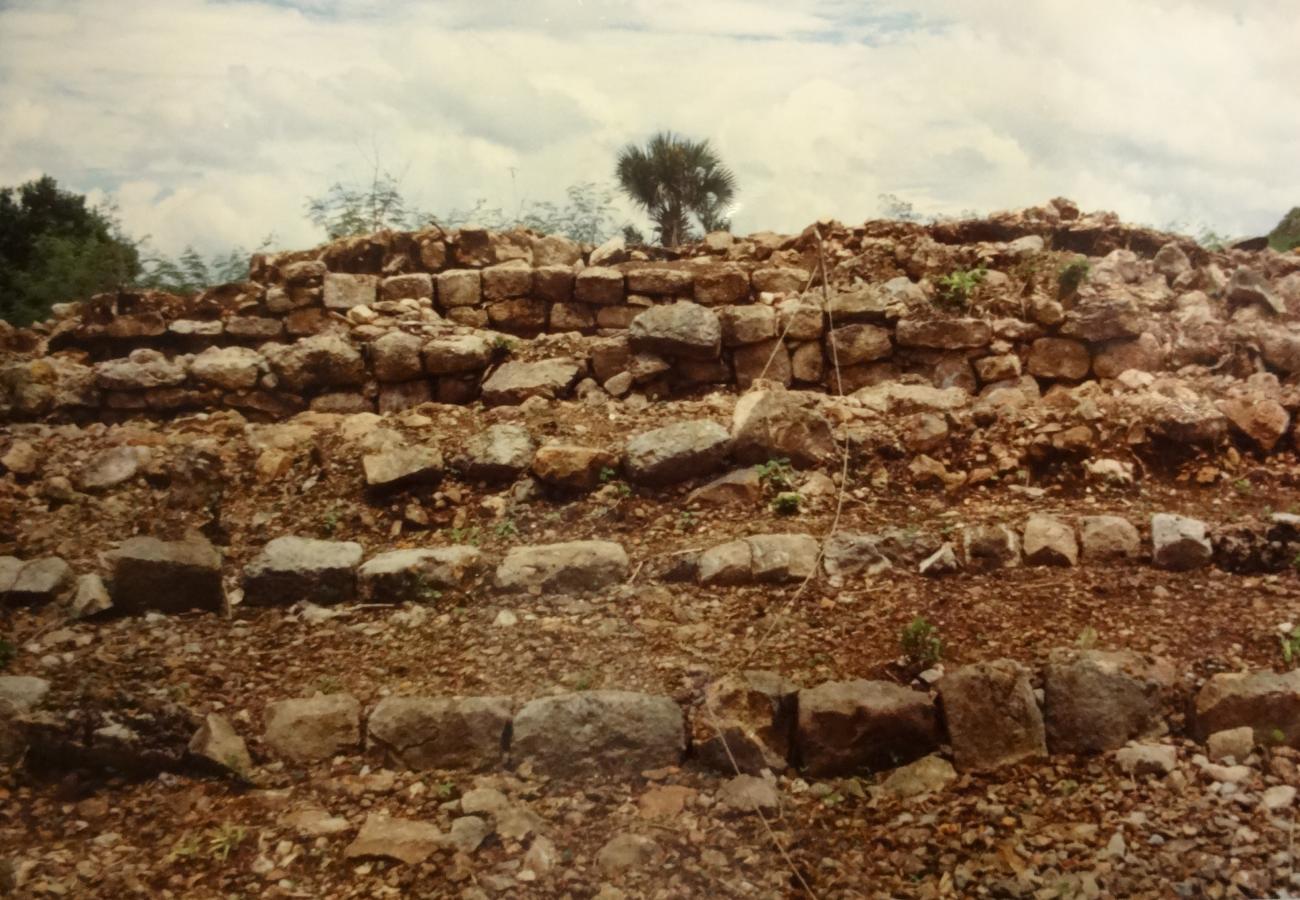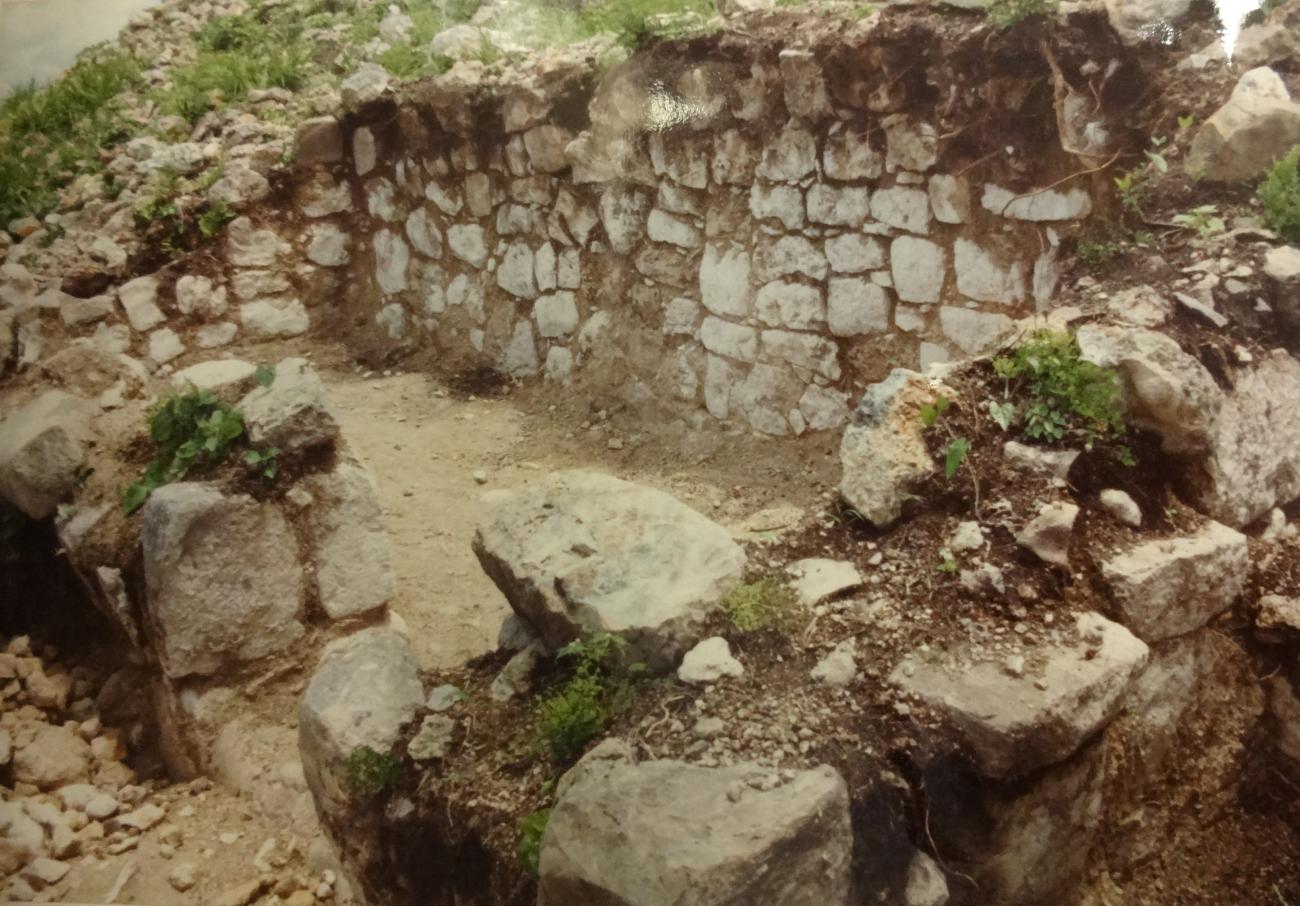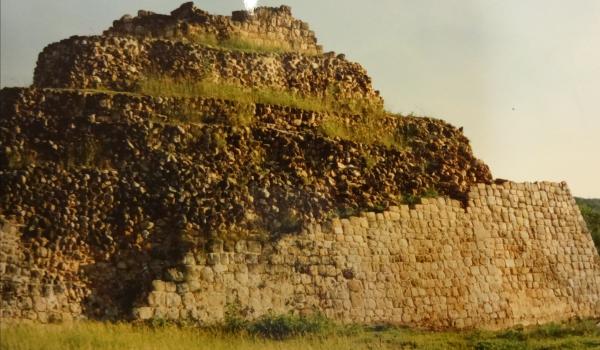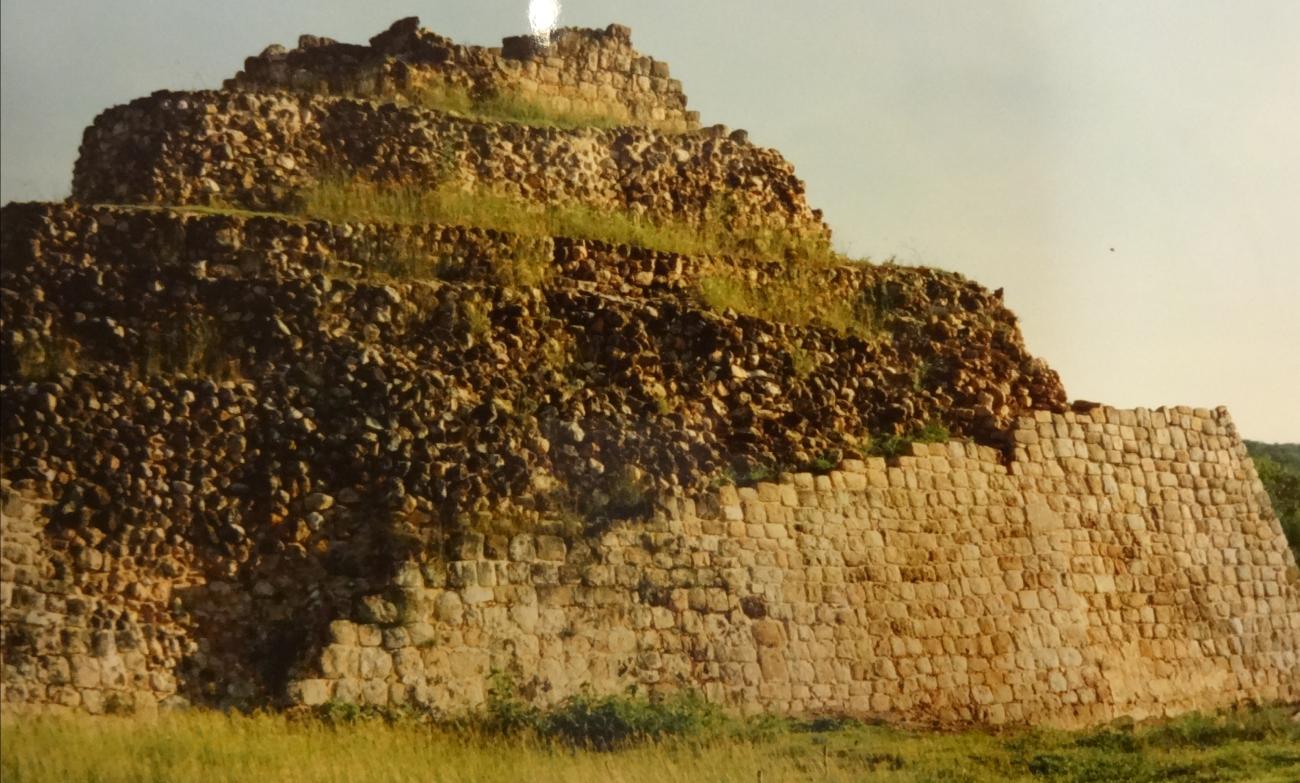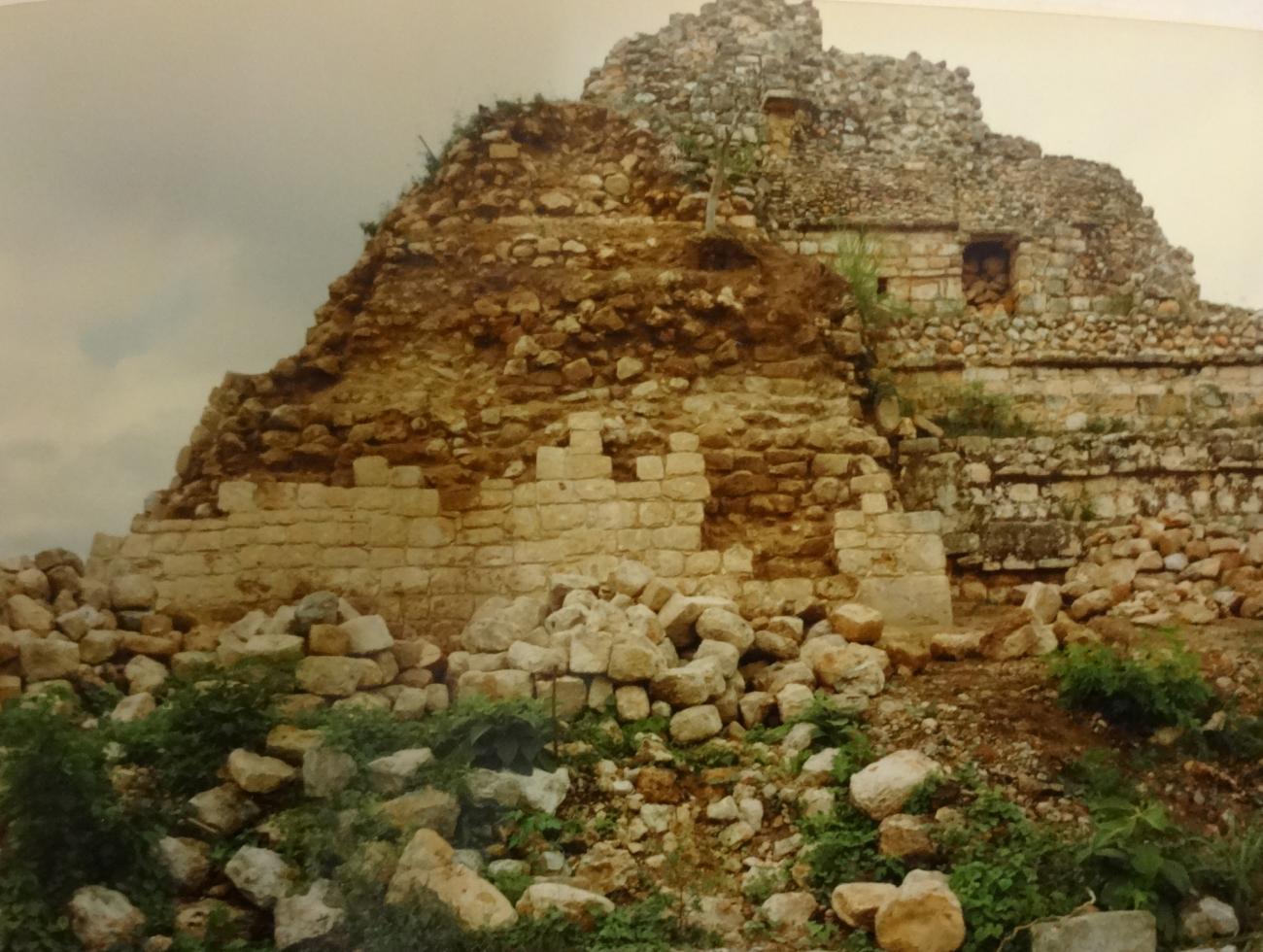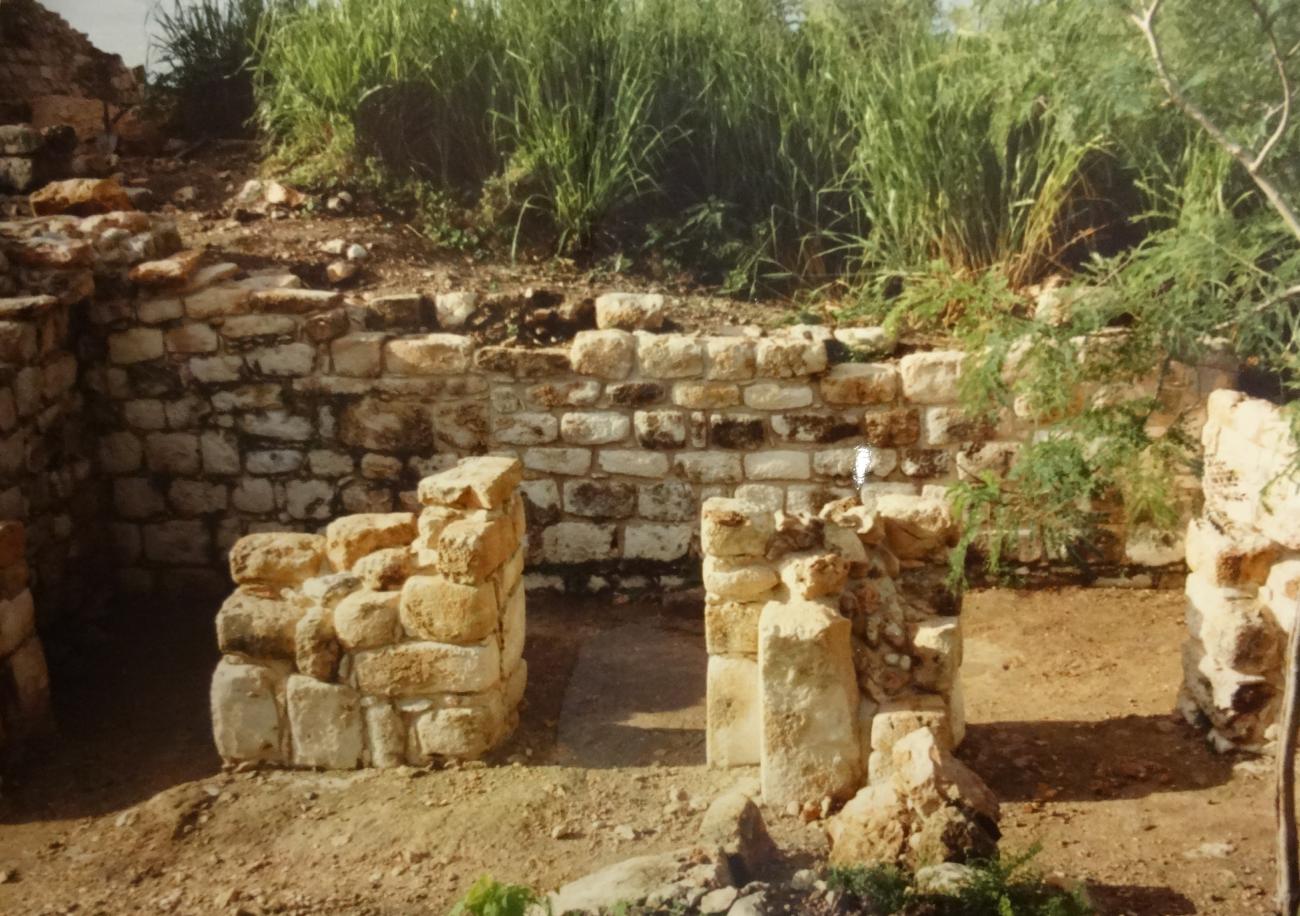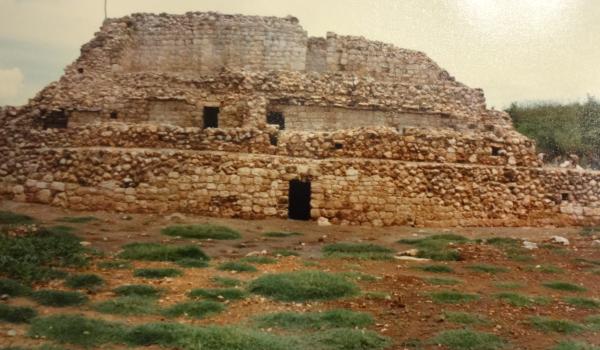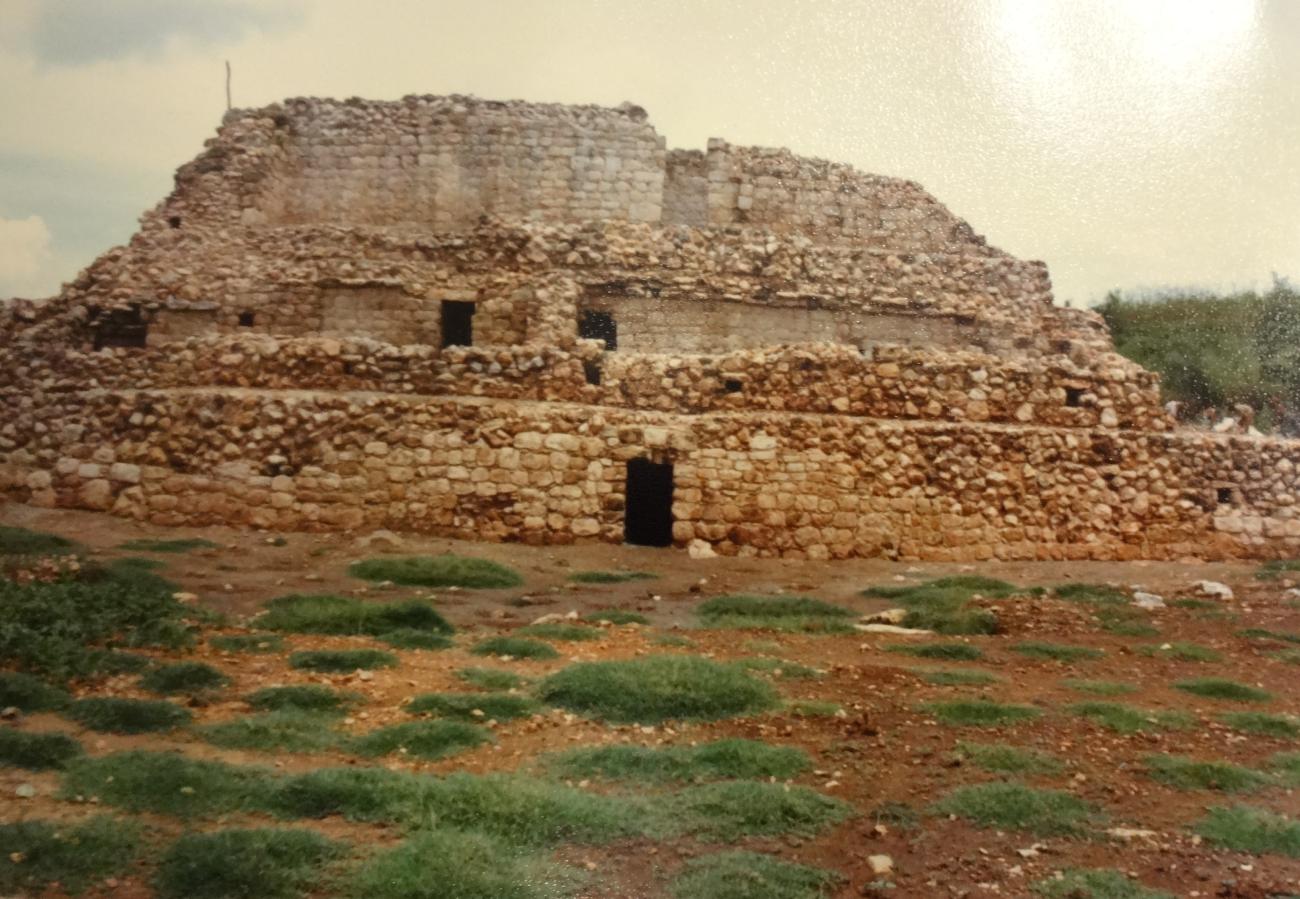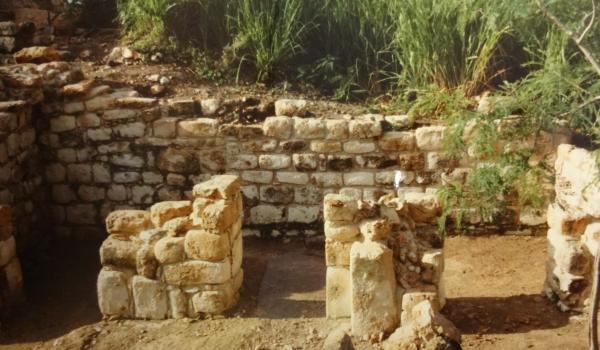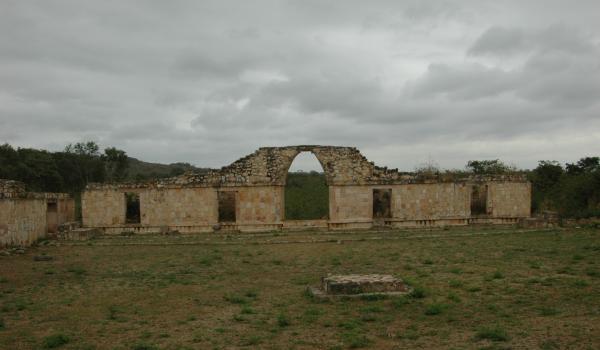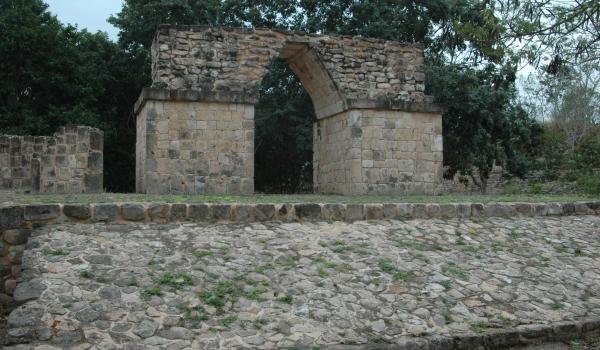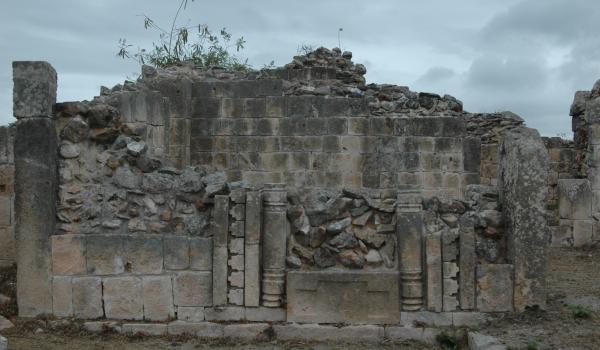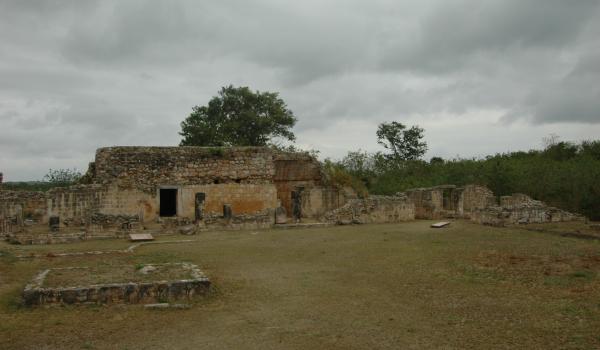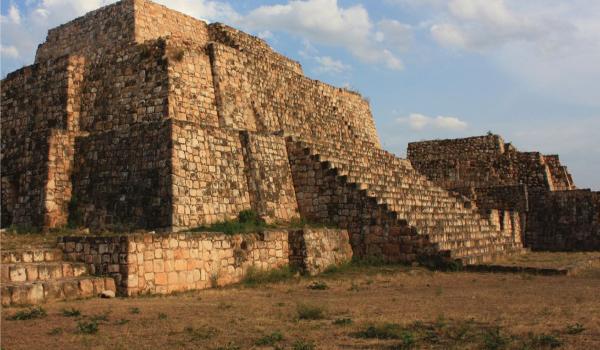The Oxkintok archeological site is situated 34 miles south of the city of Merida, Yucatan, in the municipality of Maxcanu, 2.5 miles east of the town of the same name. The site is 130 feet above sea level in the Puuc hills. Puuc in Maya means hill.
This site was known as Maxacan or Tzat Tun Tzat. It underwent its stage of development and political expansion during the Early Classic (300-550). The basis for its dominance was its location as an important point on the trade routes between the Peninsula and other regions such as the Gulf of Mexico and the Central Highlands. This was the period when the majority of its Early Oxkintok style pyramids and palaces were built, demonstrating advanced knowledge of building methods.
A change known as the Oxkintok regional phase occurred at the end of the Early Classic in the sixth century heralding the development of the Puuc region specifically. At this moment it became a wealthy and prosperous city, with monumental architecture, abundant sculpture and royal tombs. A new stage of development arose, which is manifest in the architectural style known as Proto-Puuc, an example of which is the change from stepped vaults to jutting flagstones and new and improved stoneworking techniques.
According to the inscriptions, in the early eighth century, during the Late Classic period, there was a ruler called Walas. The evidence points to this ruler establishing a strong process of centralization. The Puuc tradition was predominant around the Terminal Classic (850-1000). The city began to lose its status and it is thought that the regional seat of power transferred to Uxmal. Postclassic occupation (1000-1450) can be noted from the renovation of the palace facades, the construction of shrines and the leaving of offerings, including incense burners.
The site is characterized by its structures laid out on large plinths in the shape of a great “L” oriented from northeast to southeast. Some of the architectural groups are linked by a wide network of sacbeoob, the Mayan white roads or pathways.
In addition to what is known as the Central Core there is evidence of minor structures, caves (actuns), cisterns (chultuns) and stelae dispersed across the whole site. The site’s best known groups are Ah Camul, Ah May, Ah Dzib and the structure known as Satunsat or the Labyrinth. Together these make up the Great Plaza.

